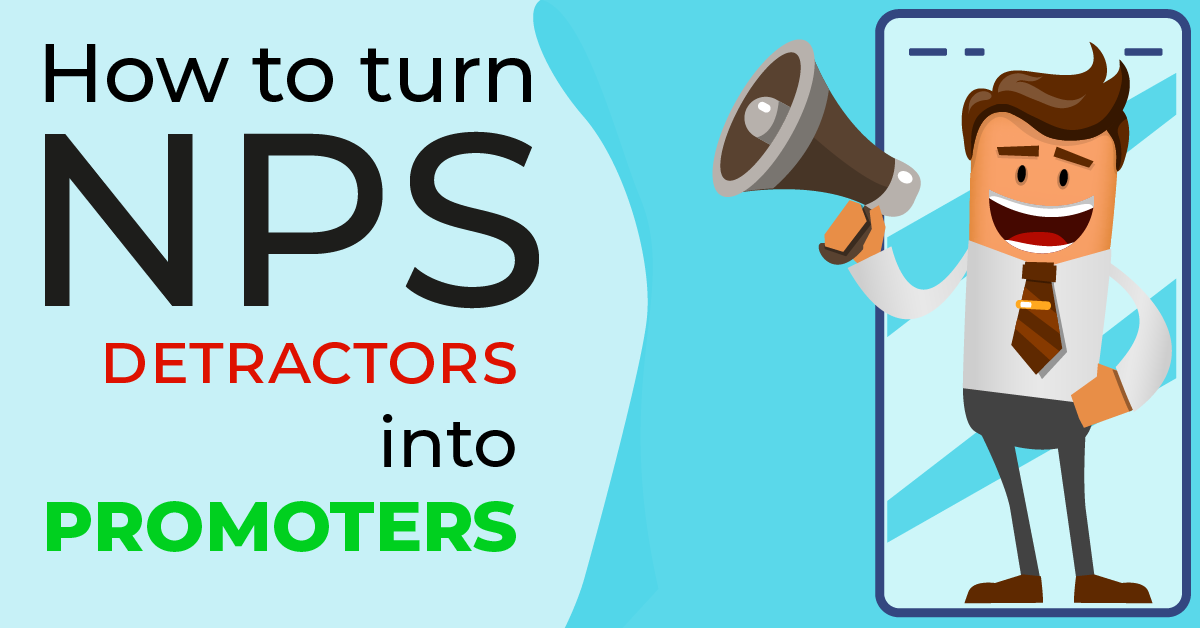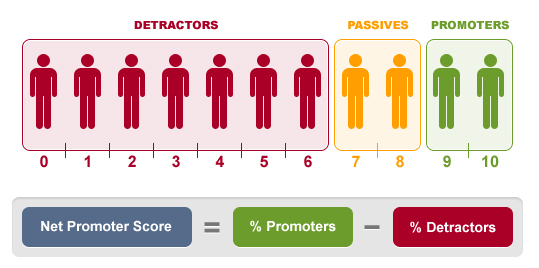Ever wondered why people are more likely to give a bad review instead of a positive one? Are we, human beings, really that bitter or is there another reason? Well, I’m glad I can say we can’t help it. But, to understand where it comes from, we have to go back in time, way back. For our ancestors it was advantageous to prioritize negative information because it could save their life. Survival was their main priority and bad news warned them about upcoming danger. That’s why we still today want to warn people about bad experiences, rather than positive ones.
Today this results in that, on average Americans tell 15 people about a poor service experience and only 11 people about a good experience . People speaking badly about your company to their friends and family can really damage your reputation. But also, when was the last time you didn’t order something online because of a bad review? A bad reputation and negative reviews can cost you customers. So, how can we avoid this and turn these detractors into promoters?
If you’re familiar with the Net Promoter ScoreSM (NPS®), you’ve probably also heard of detractors and promoters. If not, we explain everything you need to know about the NPS score in this article. But here’s a quick recap: The Net Promoter Score divides people into three groups, based on the score they gave on the following question:
“How likely are you to recommend company/brand/product X to a friend/colleague/relative?”.
Detractors are the people that give a score of 0 to 6, passives give a 7 or 8 and promoters are your true brand ambassadors and give you a score of 9 or 10. Detractors are important because they directly influence your Net Promoter Score in a negative way. One way to increase your NPS will be by reducing the amount of detractors your company has. The other way will be turning your passives into promoters.
Want to calculate your own NPS?
Use our easy calculator
Who are your detractors?
Generally speaking, detractors are not at all satisfied with your company or product and they will very likely leave your company soon. A higher churn rate means a decrease in growth and revenue, which you probably want to avoid. But, it is possible to turn your detractors into promoters because the one thing they have in common is that they care. Detractors care enough about your brand to talk about it, even if it is currently in a bad way. This distinguishes them from the passives. Passives don’t really care about your brand at all and buy most of the time out of habit. Detractors on the other hand, are very engaged and that’s why it is still possible to turn them into promoters but only if you act quickly and handle them with care.
3 steps to turn your detractors into promoters
1. Conduct a NPS survey
A Net Promoter Score survey is the easiest way to find out who your detractors are and why they are unhappy. But by only asking them to score you, you will miss out on a lot of valuable feedback. Always add an open question to your NPS survey where customers can explain why they gave a certain score. Don’t overcomplicate your survey. The easier you make it for the customer to give their feedback, the more feedback you’ll receive and the more you can learn and improve upon.
2. Follow up & act accordingly
Detractors are taking time to give feedback so following up on these people is key. Find out what they are unhappy with and whether this is a personal issue or a common issue you need to resolve. Reaching out personally to these people will be a big help. When a company reaches out to you, a customer gets the feeling he’s being heard, which is very important. Reaching out though, is not enough. Provide your customer with a solution. Avoid false promises and do whatever it takes to help your customer out. This might turn them into your biggest promoters. It is possible to change the image of your brand after a bad experience, but only if you act accordingly.
3. Measure continuously
If you do a survey once a year, it will most likely be too late to change your customer’s mind about your organisation. Asking for feedback at the right time in the customer journey will give you the opportunity to act immediately and start improving your service & customer experience. That’s why our tool has an automatic notifications system so you get notified in real-time when a customer is not satisfied. This gives you the opportunity to react immediately. You can contact your customer personally or send a follow up survey and close the feedback loop.
Conclusion
Don’t forget, it will not always be possible to turn every detractor into a promoter, but don’t be discouraged. Even if they are less dissatisfied, it’s a step in the right direction. And, the lesser detractors you have, the higher your NPS will be, even if these people are not your true promoters (just yet).
Net Promoter and NPS are registered service marks, and Net Promoter Score and Net Promoter System are service marks, of Bain & Company, Inc., Satmetrix Systems, Inc. and Fred Reichheld


Leave a Reply